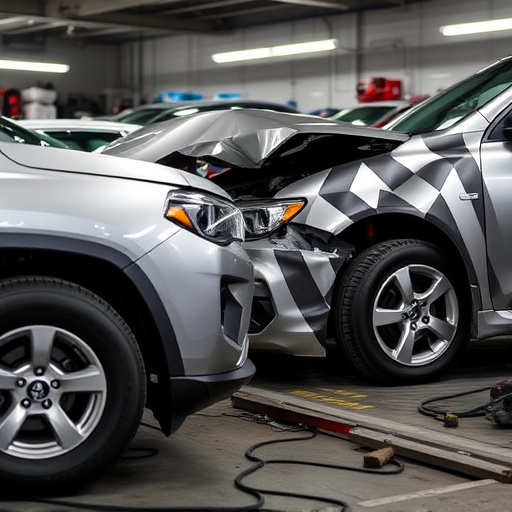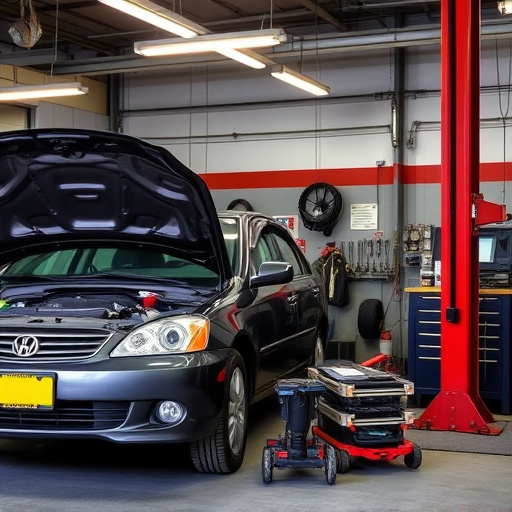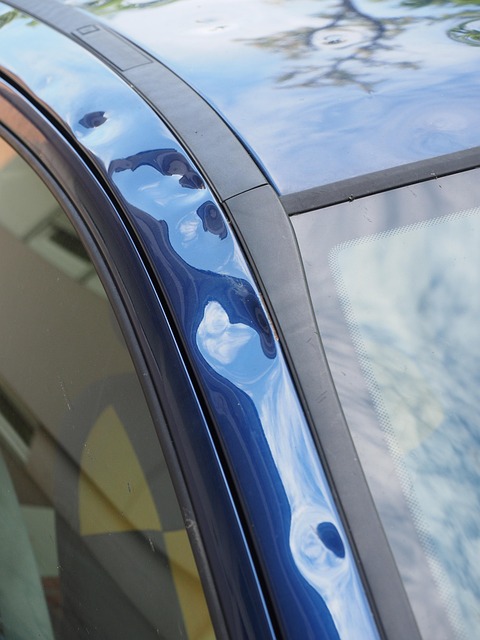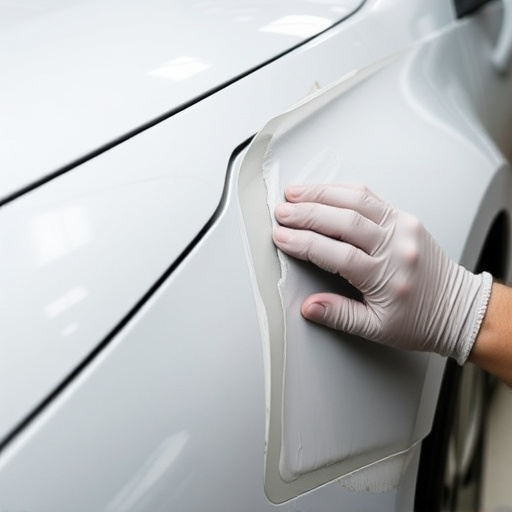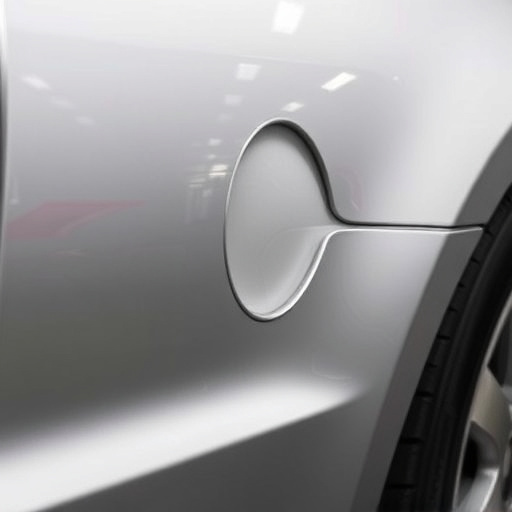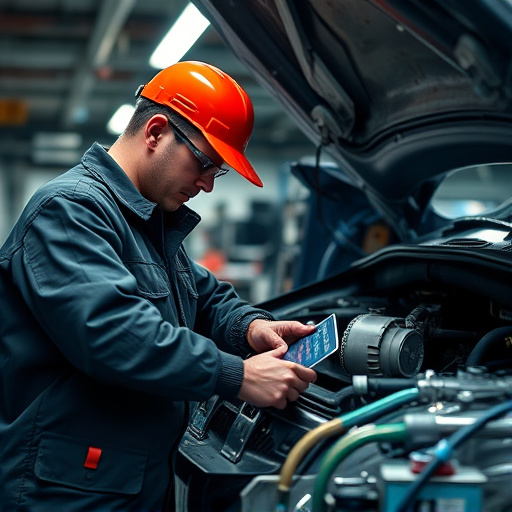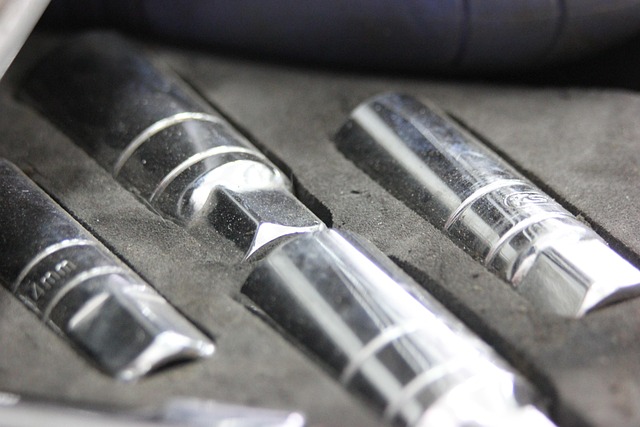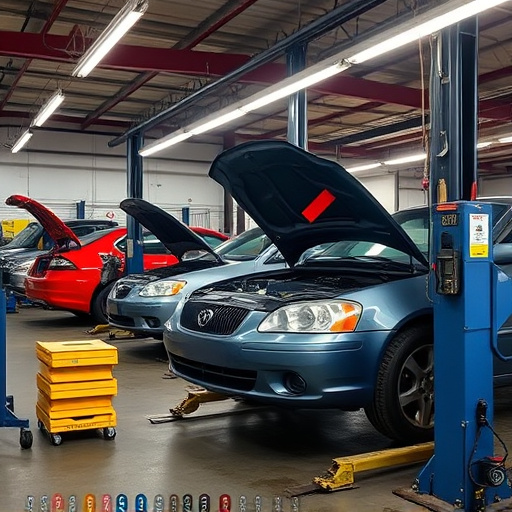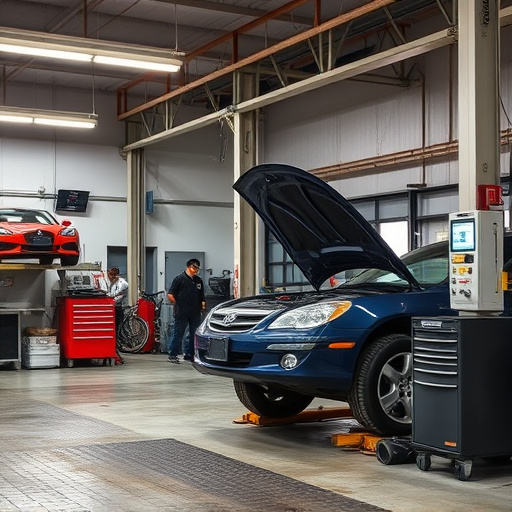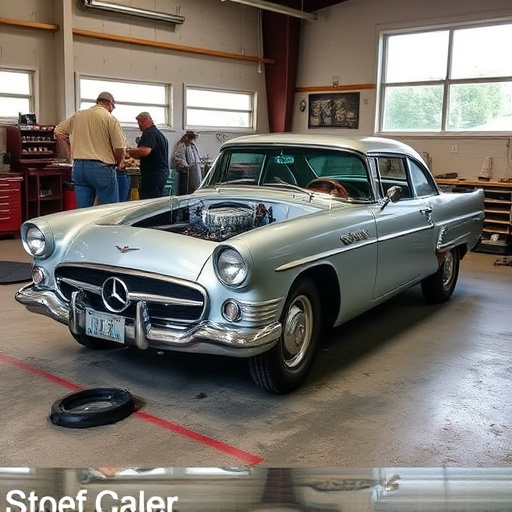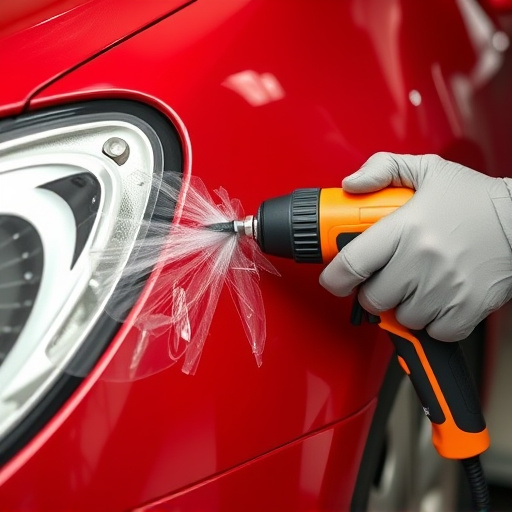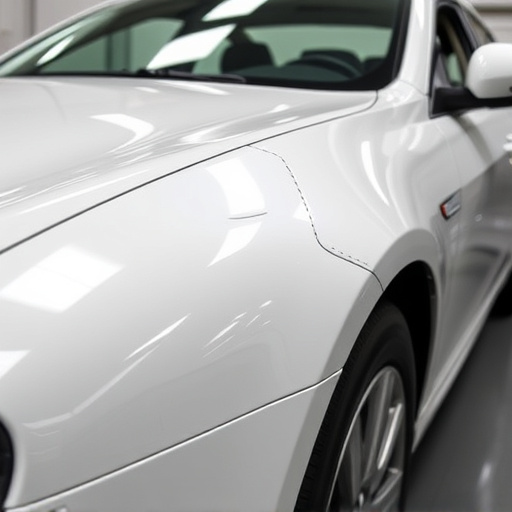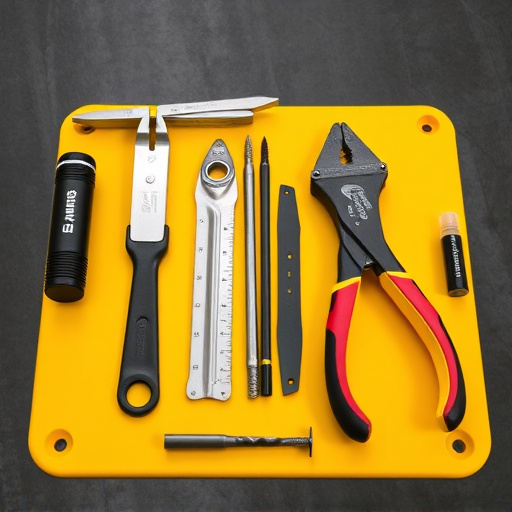Tesla's crumple zone repair is a critical process for maintaining passenger safety and vehicle integrity after a collision. Advanced sensors detect impacts, triggering the deployment of this specialized structural design to absorb crash energy. Skilled technicians at authorized centers use diagnostic tools, CAD software, and robotic welding to perform precise repairs, ensuring both safety standards and aesthetic harmony are met.
Tesla’s innovative crumple zone design plays a crucial role in enhancing vehicle safety. When a collision occurs and sensors detect impact, the crumple zone activates, absorbing energy and protecting passengers. This article delves into the intricate process of Tesla crumple zone repair after sensor activation. We explore how the vehicle’s structural integrity is restored, ensuring both safety and cosmetic excellence. Understanding these mechanisms provides insight into Tesla’s commitment to revolutionizing automotive safety standards.
- Understanding Tesla's Crumple Zone Design
- Sensor Activation: The Initial Response
- Repair Process: Restoring Structural Integrity
Understanding Tesla's Crumple Zone Design
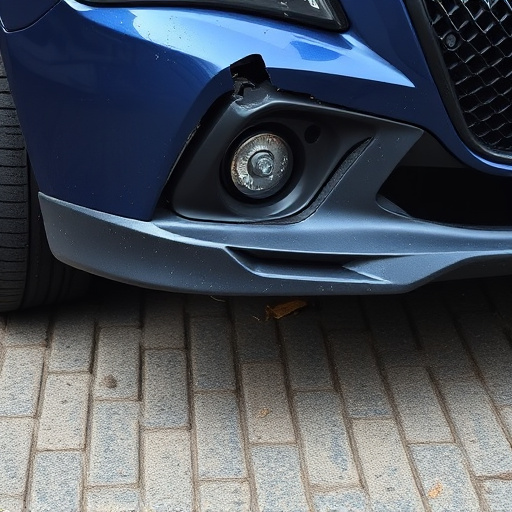
Tesla’s crumple zone design is a revolutionary safety feature that plays a critical role in absorbing and distributing the energy generated during a collision, protecting passengers and reducing the overall impact. This sophisticated system is strategically engineered to deform and crumple in a controlled manner, acting as a buffer between the vehicle and its occupants. By allowing specific areas of the car to collapse, the crumple zone helps to redirect crash forces away from the cabin, minimizing structural damage and enhancing passenger safety.
Understanding this design is crucial when it comes to Tesla crumple zone repair after sensor activation. When the impact sensor detects a collision, it triggers a series of events, including the deployment of airbags and the activation of various safety mechanisms. Subsequent repairs involve careful consideration of the crumple zone’s integral role in crash protection. Autobody repairs focus on restoring structural integrity while maintaining the original vehicle design, often requiring precise dent removal and meticulous vehicle paint repair to ensure both safety and aesthetic harmony.
Sensor Activation: The Initial Response
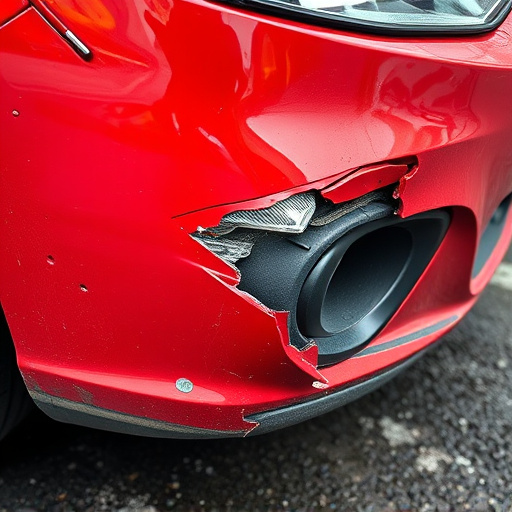
When a Tesla encounters an impact, its advanced sensors swiftly come to life, initiating a series of events designed to ensure passenger safety. These sensors, strategically placed throughout the vehicle, act as vigilant sentinels, detecting even the slightest deviation from normal driving conditions. Upon activation, they trigger a rapid response, signaling the start of a complex process aimed at minimizing structural damage and protecting occupants.
This initial sensor activation sets in motion the deployment of Tesla’s renowned crumple zone—a sophisticated system engineered to absorb and distribute crash energy. The vehicle’s frame is designed with precision-molded metal, allowing it to deform strategically upon impact, thereby reducing the force transferred to the passenger compartment. This rapid response is crucial in automotive repair, especially for high-end vehicles like Tesla, where advanced technology meets robust safety features, ensuring a safer and more effective collision repair process.
Repair Process: Restoring Structural Integrity
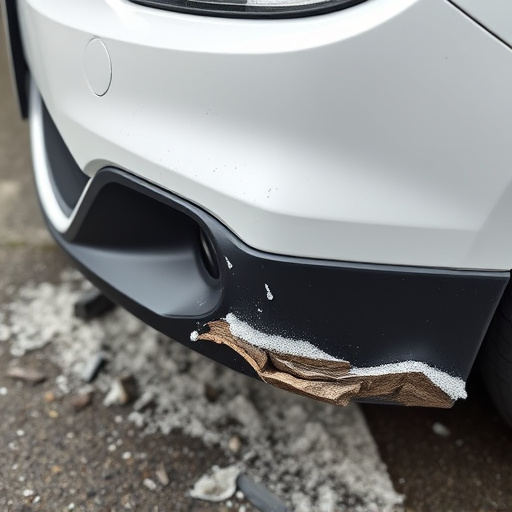
After a Tesla experiences an impact that activates its sensors, the vehicle’s advanced safety features initiate the crumple zone repair process. This intricate procedure is designed to restore structural integrity while prioritizing passenger safety. Skilled technicians at authorized collision repair centers meticulously assess the damage, using specialized tools and diagnostic equipment to identify components requiring replacement or adjustment within the vehicle’s crumple zones.
The actual repair involves a combination of precision cutting, bending, and welding techniques to realign metal panels and ensure they conform to pre-impact specifications. Advanced technologies, such as computer-aided design (CAD) software and robotic welding systems, play a crucial role in achieving precise measurements and seamless finishes, ultimately enhancing the vehicle’s overall safety and structural soundness without compromising its sleek and iconic design.
Tesla’s innovative crumple zone design plays a crucial role in enhancing passenger safety during collisions. When the after-impact sensor is activated, the repair process swiftly restores structural integrity, demonstrating Tesla’s commitment to advanced vehicle engineering. By focusing on efficient and precise Tesla crumple zone repair, the company ensures that its vehicles continue to provide optimal protection, making them leaders in automotive safety technology.
